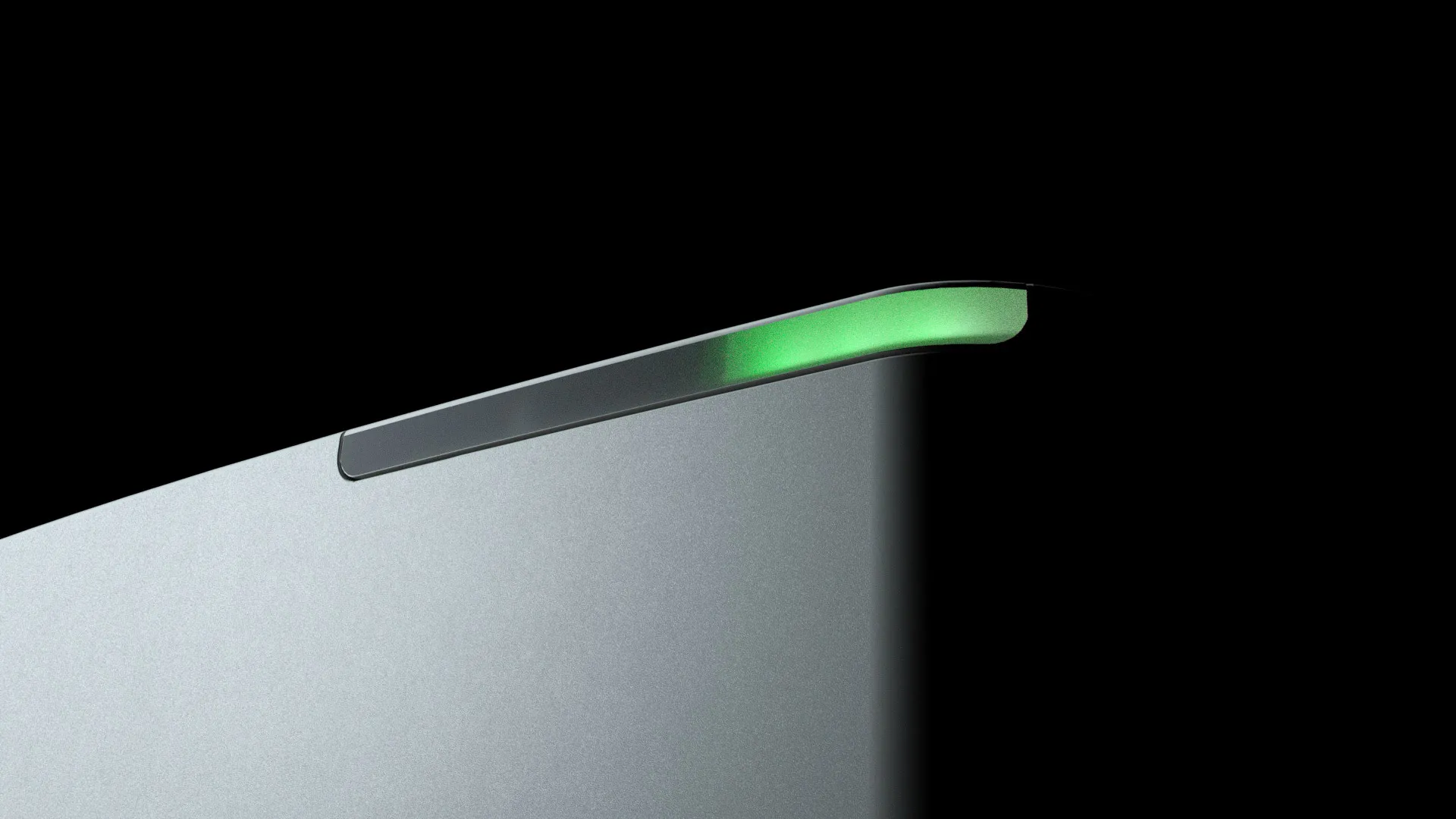
American Pharmaceutical Review publishes article on MMS by Karan K. Shah of ImmunoGen, Inc.

The ability of antibody-drug conjugates (ADCs) to deliver targeted chemotherapeutic drugs makes this relatively new class of biopharmaceutical drugs the subject of intense drug development activity, most notably for cancer treatment. With an ADC, a highly potent payload is attached to a monoclonal antibody (mAb) to specifically target cancer cells based on expression of a certain antigen. Because drug delivery is directed to the cancer cells, dosages can be low and systemic toxicity is minimized. As a result, ADCs enable the use of more potent drugs than can be delivered by conventional chemotherapy with a more acceptable side effect profile for patients.
Critical to the success of an ADC is maintenance of the native structure of the mAb within the conjugate since this underpins the targeting efficiency and stability of the immunoconjugate. Effective technology for the characterization of protein structure is therefore vital for development. In this article we consider the application of a new spectroscopic technique, Microfluidic Modulation Spectroscopy (MMS), within this context. Relative to conventional Fourier Transform Infrared (FTIR), MMS demonstrates considerably better sensitivity in the measurement of ADC secondary structure.

